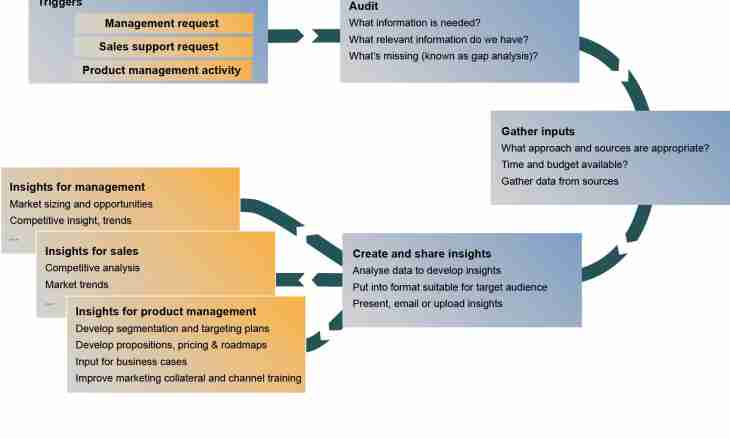The horizontal analysis – one of ways of assessment of financial activity of the company, increase or decrease in its efficiency. The purpose of such analysis is identification of dynamics of various processes at the enterprise in comparison with the last periods.
Instruction
1. Define under what sections and articles of balance you will consider the horizontal analysis. Let's assume, it will be assets, liabilities, the report on profit and on the movement of money. The analysis algorithm is rather simple, it is easier to carry out calculations in a tabular style that does results by more evident.
2. Make four tables on five columns in everyone. In the first column write down names of articles of balance, in the second and third – data for the reporting and basic periods. Take away the fourth and fifth columns for record of results of the analysis, namely an absolute and relative deviation.
3. Entitle the first table "Assets of the Enterprise", fill the first column. For example, money, securities, fixed assets (buildings, equipment, depreciation), investments, short-term and long-term investments, advance payments to suppliers of the equipment or materials, etc.
4. Take from the balance sheet of the company data for the reporting and basic periods. These periods have to correspond each other: calendar year, same quarter of different years or month, for example, June, 2010 and 2011, etc.
5. Fill the column "Absolute Deviation". For this purpose count the difference between values of every line, subtracting data of the second column from the third. In other words, the absolute deviation shows how figures in comparison with the similar period in the past changed. The value can be as positive, i.e. directed towards increase, and negative.
6. Divide data of the third column into numbers of the second respectively for every line, increase results by 100 and write down in the fifth and last column. Entitle it "A relative deviation"; this column shows percentage change of the same data. Increase in this case shows value of rated size more than 100%.
7. Do the same with other three analytical tables: liabilities (short-term and long-term obligations, credits/loans and so forth), report on profit (sale of assets, compensation, laid on costs, material inputs, dividends, percent, taxes, etc.) and report on the movement of money (receiving/payments for dividends, purchase/sale of assets, repayment of the credits and bank loan, etc.).
8. Add the total line containing data on all analyzed articles in each table. Use computer programs for simplification of calculations and acceleration of carrying out the horizontal analysis, for example, of Microsoft Excel.

